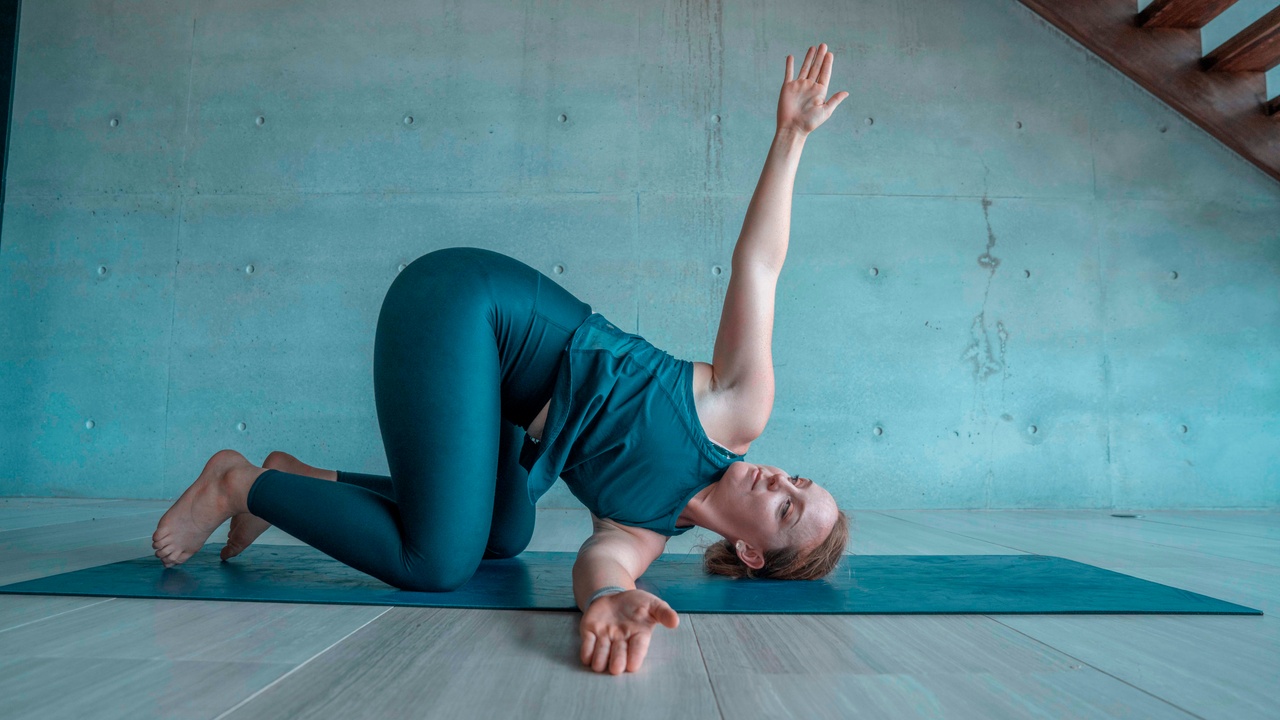Conventional wisdom has been to train harder, for longer in order to get the best results. However this is not the case and this approach not only leads to poor results but can have the completely opposite desired effect. By better understanding how stress impacts upon your body, as it can be both the hero and villain, you will reach higher levels of physical and mental performance.
We’ve all heard the sayings ‘no pain, no gain’ and ‘what doesn’t kill you only makes you stronger’ but this is only partly correct. It only makes you stronger and more resilient if you implement the right strategies at the right time. Stress is the hero in that it is necessary in order to make us not only stronger and fitter but also more focused, productive and resilient. However it can quickly become the villain if we are in a prolonged state of stress, also known as chronic stress. The model we use to demonstrate this phenomenon is the ‘Supercompensation Curve’.

The diagram shows that in order to increase fitness, strength or resilience we must stress the body. The body will then slightly degenerate/fatigue at first but with good recovery will start to compensate and increase our threshold. Our body then suspects we may face the same stress in the future and actually gives us a bit of an added buffer, which we call supercompensation. However if we constantly stress our bodies we will only get weaker, sicker and perform worse. We call this condition maladaptive training, which can lead to burnout. This state will decrease immune function leaving you susceptible to illness, increase muscle tension leading to a high probability of injury and an increase in cortisol slowing fat metabolism and brain function.
For instance you have an important deadline at work and you are getting 4-5 hours of sleep a night, you are skipping meals because you are too busy to eat and your muscles are feeling tense and tight from the stress and long periods of sitting. The absolute worse thing you can do is to put your body through more stress by doing a demanding high intensity workout. The best thing to do would be a low intensity workout to stimulate blood flow, stretch your muscles and refresh the mind. Doing nothing and continuing to push through will also result in the same outcome as a high intensity workout.
Stress can come in many forms and the human body doesn’t differentiate between types of stress. There are many measures used to assess an individual’s levels of stress and readiness for exercise but they all take into account three key areas:
1. Lifestyle (Diet, sleep, daily demands)
2. Physical (Pain, tightness, soreness, sickness)
3. Emotional (Mood, motivation, energy)
HOW READY ARE YOU TODAY?
We apply this principle by asking our clients how they feel in regards to the 3 areas and adapt their program accordingly.
Rank yourself on a scale of 1 (poor), 2 (average) and 3 (excellent) for each Lifestyle, Physical and Emotional, giving you a total out of 9.
A score 7-9: You’re ready for high intensity exercise. Your body is craving a challenge. You are in a perfect homeostatic state and ready to take on any challenge thrown to you. Push yourself to the limit!
A score of 5-6: You need to do low intensity exercise. You are beginning to show signs of fatigue. This might be a good opportunity to keep it short and ease back on intensity, before you get injured or sick. Activities such as walking, yoga, foam rolling, mobilizing or swimming are great ways to encourage your body to speed up its recovery.
A score of 3-4: You need to rest. Your body is struggling, you are stressed and on the verge of breakdown. Have the day off training and allow your body to regenerate. Breathe deeply, eat well and get some quality sleep.
What are your best recovery strategies?





